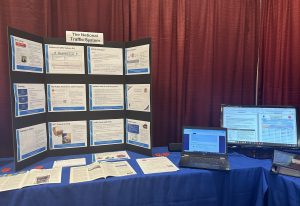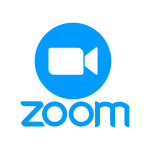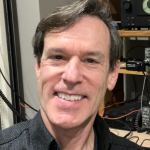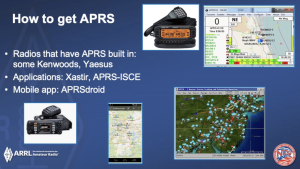 The following story appeared in the March 18, 2025 issue of ARRL Club News:
The following story appeared in the March 18, 2025 issue of ARRL Club News:
Your club is planning to staff a table at a local community fair or event. Offer to send radiograms. Recruit volunteers to explain what a radiogram is and, later, send the messages. Who in your radio club is active on the traffic nets? How many members know the radiogram format or know how to send a radiogram message on the air? Fear not! Your club can put its best foot forward and hold an amateur radio message fair with minimal traffic-handling skills using an exciting new tool: the Radiogram Portal!
Jonathan Taylor, K1RFD, inventor of EchoLink, has developed a web-based tool that the public can use to enter a short message by following simple instructions. The message will be picked up by a participating amateur radio volunteer operator (called a “radiogrammer”) who logs in to a restricted portion of the website, takes the message off the gateway, and sends it over the air on a National Traffic System (NTS) net for relay to its destination. The recipient will get a local phone call from a nearby ham. Along the way, ham operators will relay the messages by voice, digital, or even Morse code and get valuable practice in emergency public service.
“It’s not a problem if your club lacks an active traffic handler to check into the traffic nets,” says Phil Temples, K9HI, who chairs the ARRL EC-FSC NTS subcommittee. “You merely set up a laptop at your message fair using a Wi-Fi connection and allow members of the public to enter their own messages. Later, a skilled traffic handler in your area will pull the message off the portal and send it in a timely fashion.”
The Radiogram Portal was successfully demonstrated at the 2024 New England Division Convention. An extensive display sponsored by the Nashua (New Hampshire) Area Radio Society highlighted the NTS and the Radiogram Portal running on a computer, along with a trifold that pictured the NTS2 website, the NTS Letter, training videos, and a downloadable handout available for clubs and public gatherings.
For more information on the Radiogram Portal, visit nts2.arrl.org/radiogram.


 Many Technician class amateurs miss out on fun and skills learning of traffic handling because they reside in areas of the country where local traffic nets on VHF repeaters don’t exist. The Virtual NTS Training Net (
Many Technician class amateurs miss out on fun and skills learning of traffic handling because they reside in areas of the country where local traffic nets on VHF repeaters don’t exist. The Virtual NTS Training Net (
 You can now use APRS to send a radiogram through the NTS gateway.
You can now use APRS to send a radiogram through the NTS gateway.